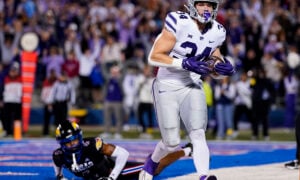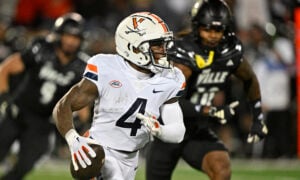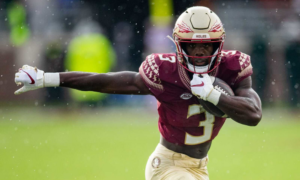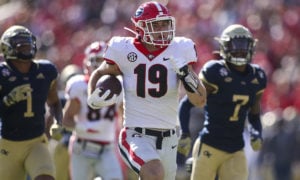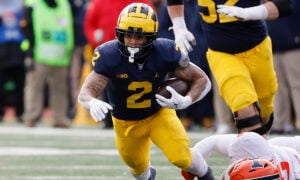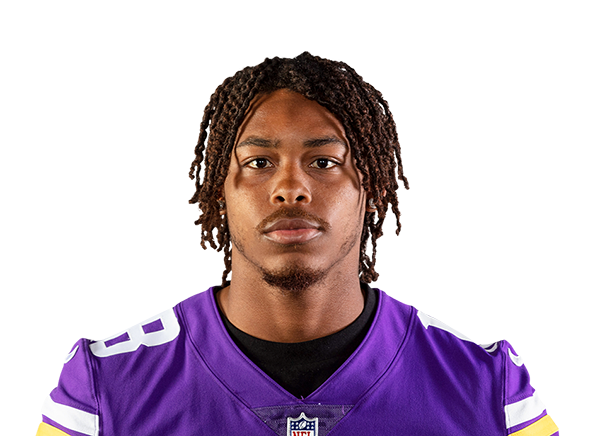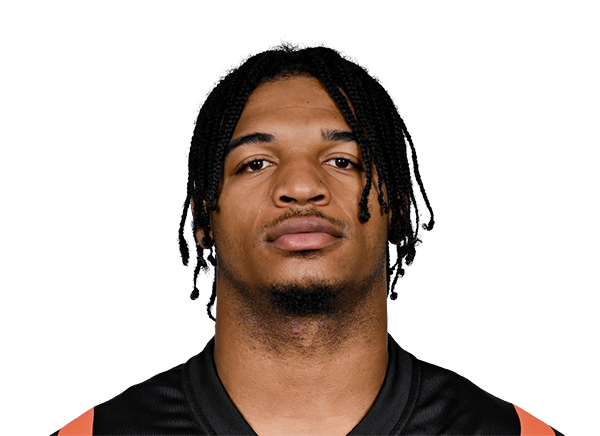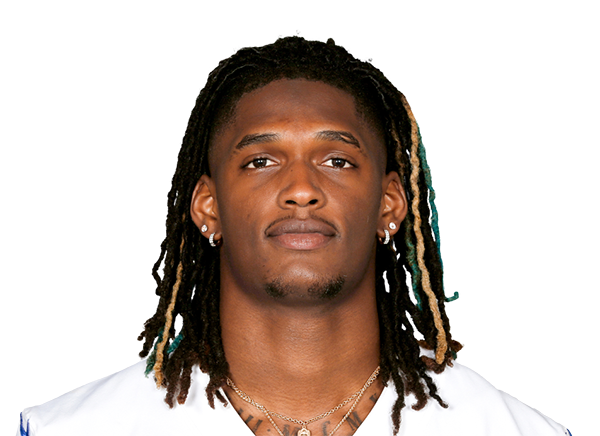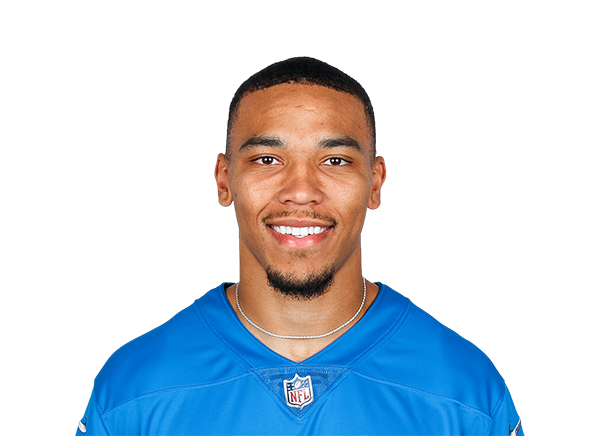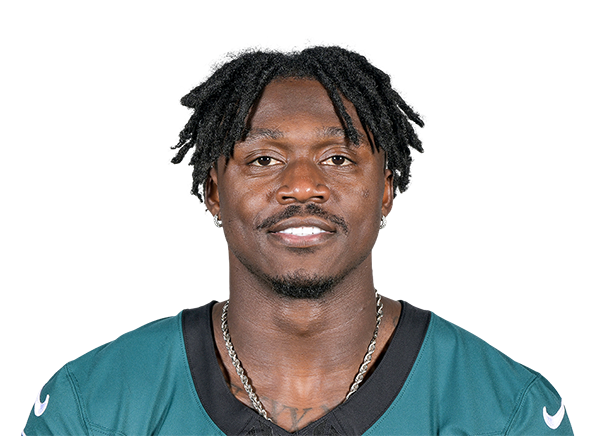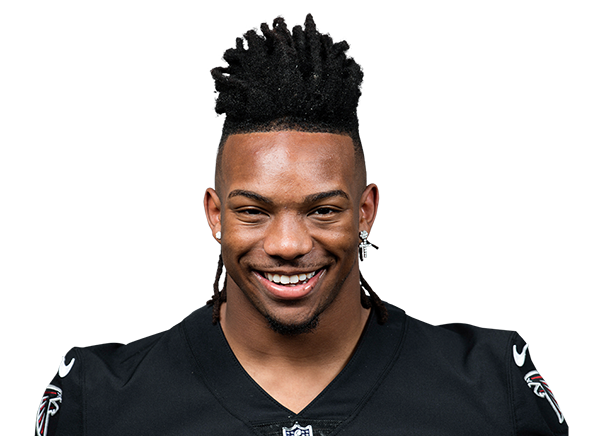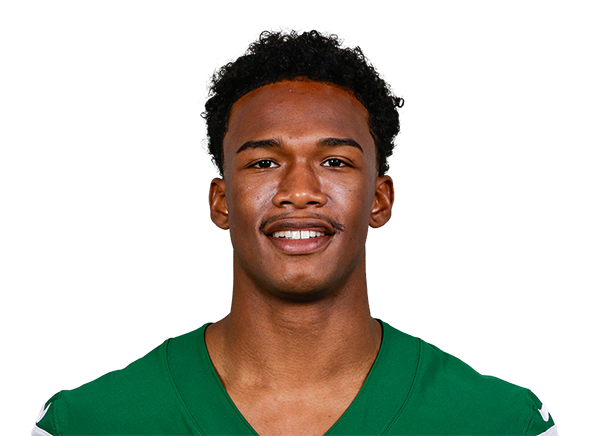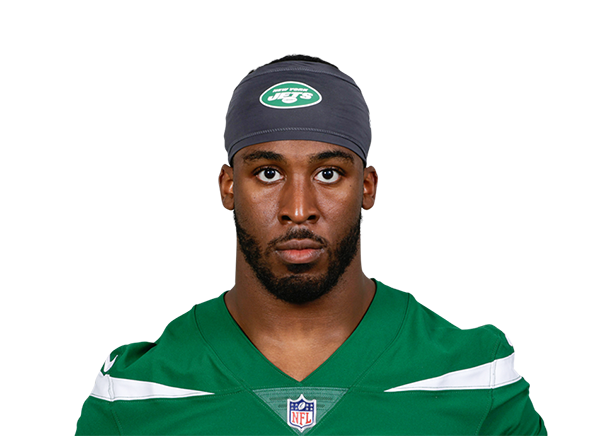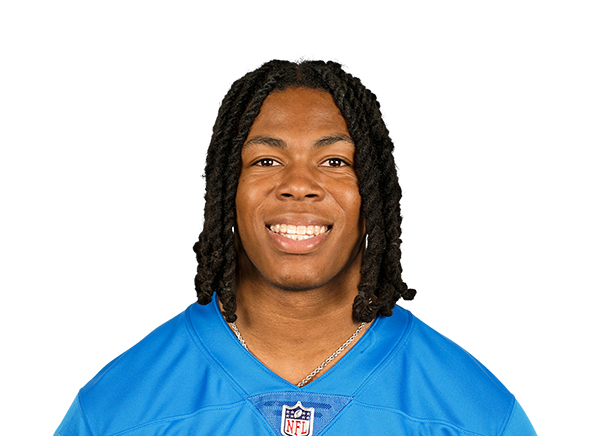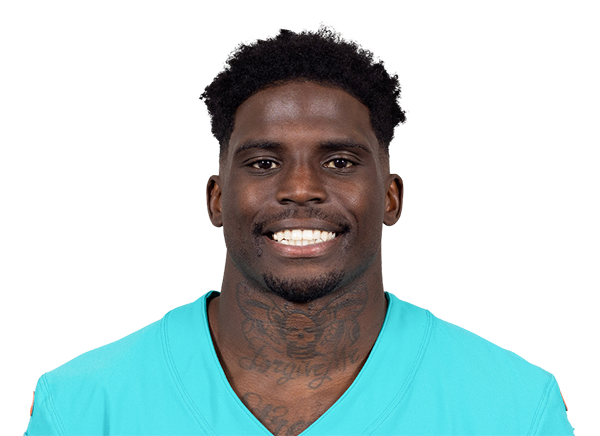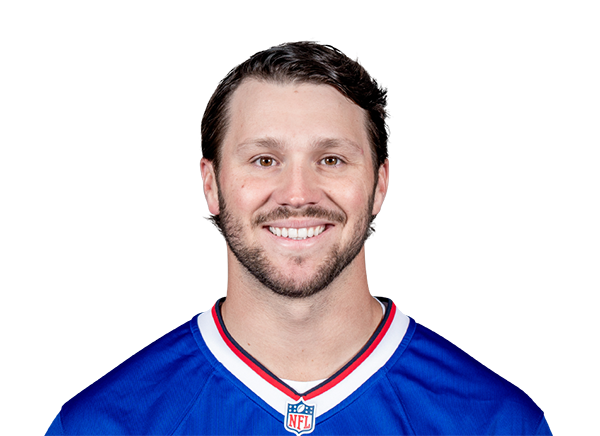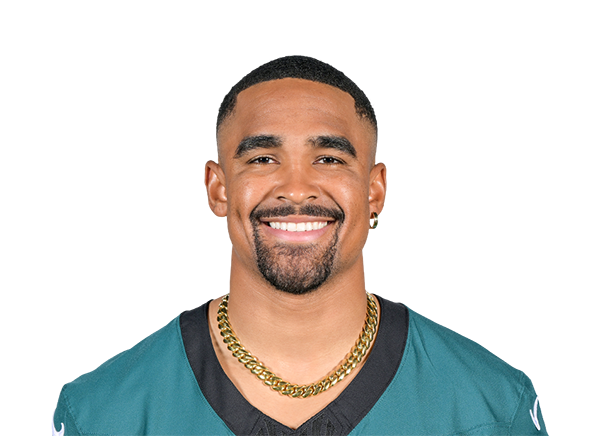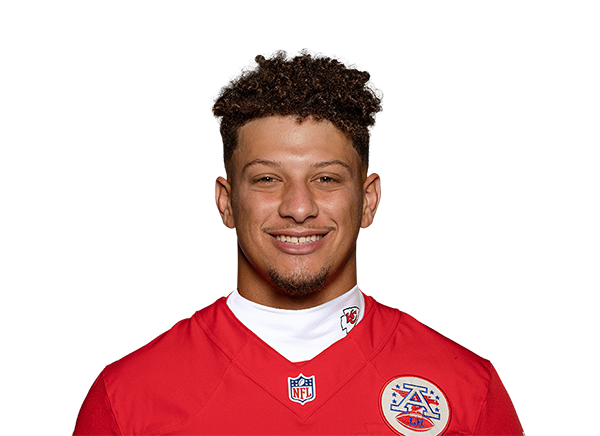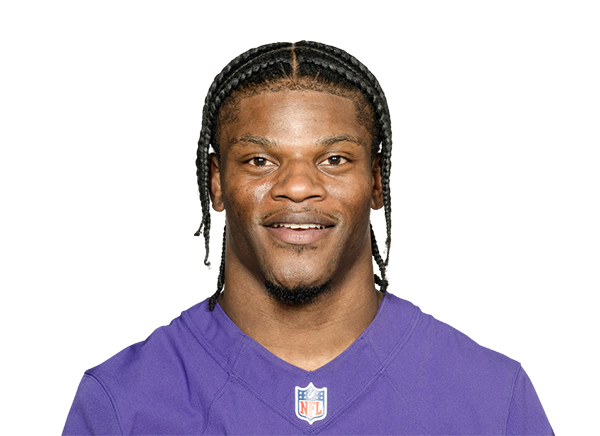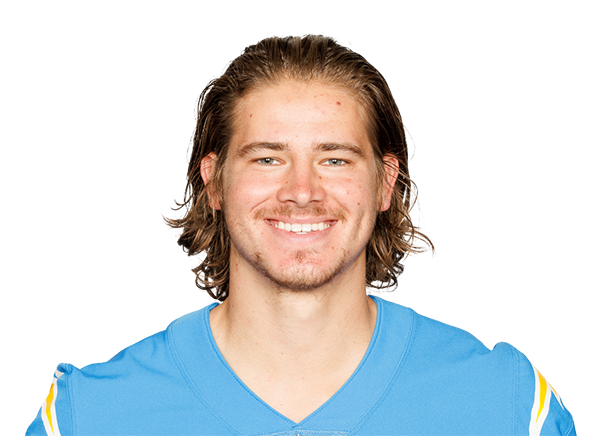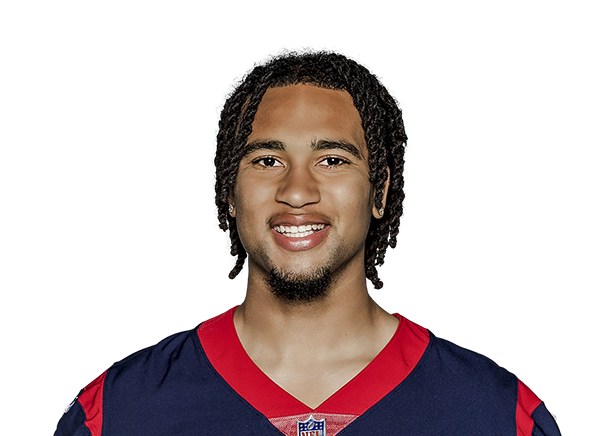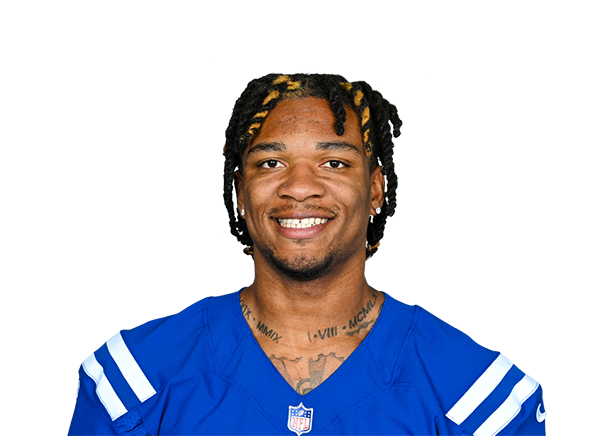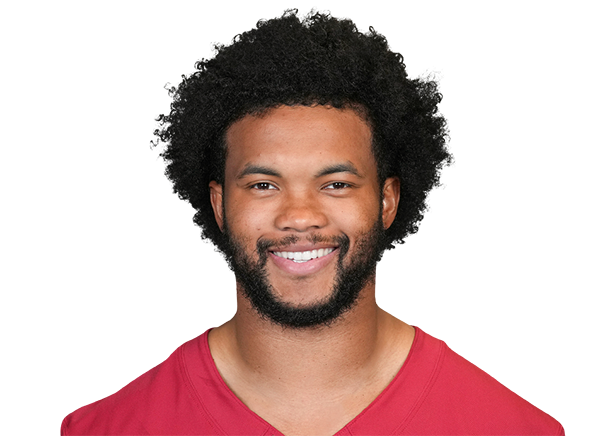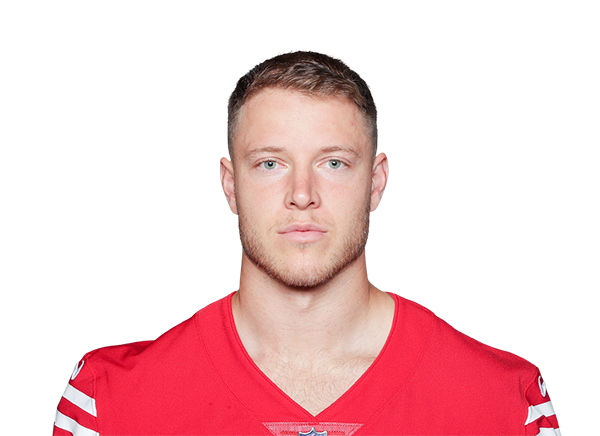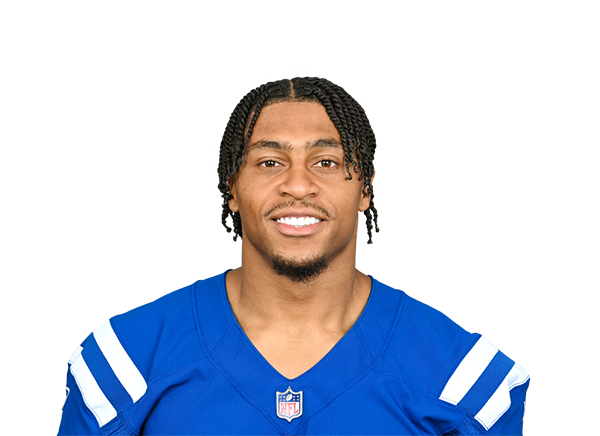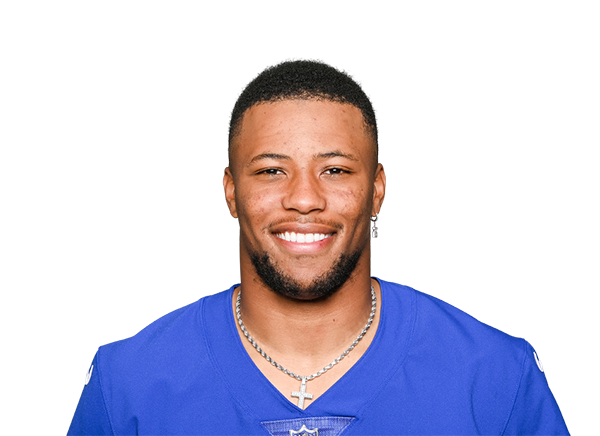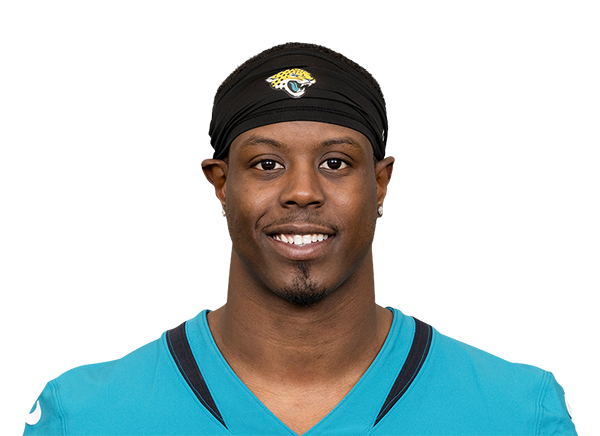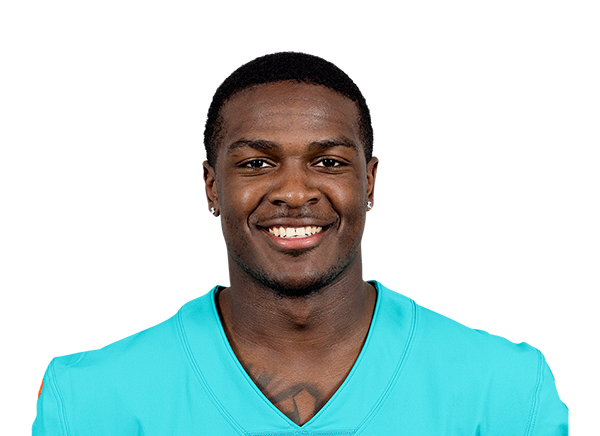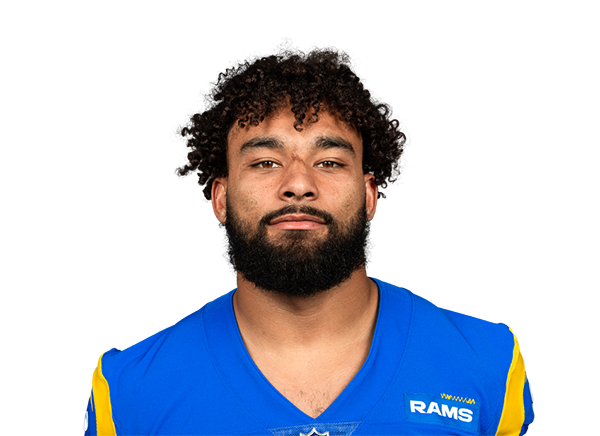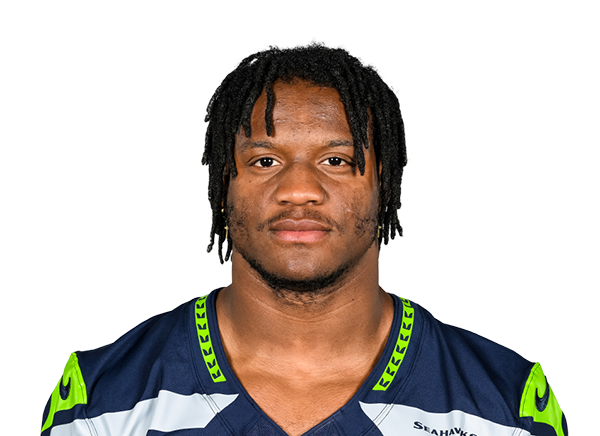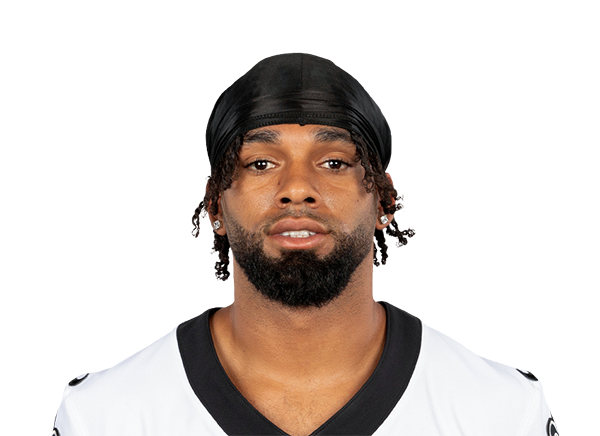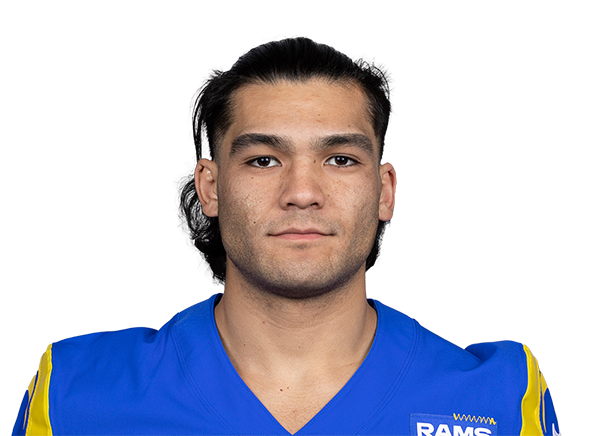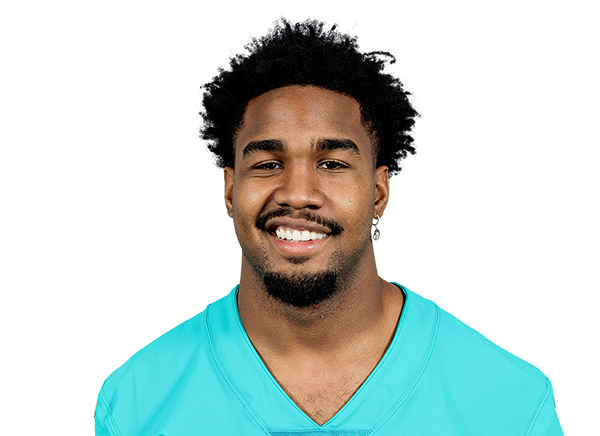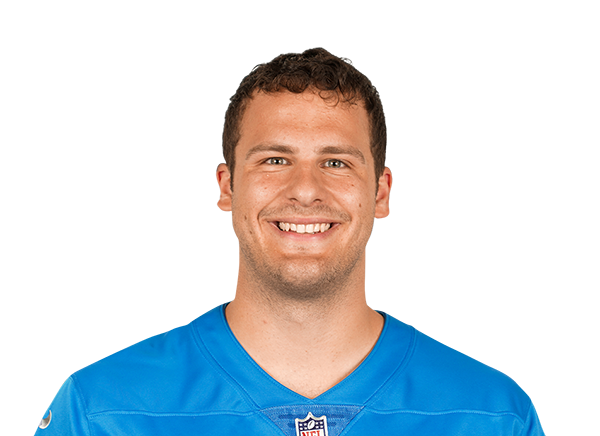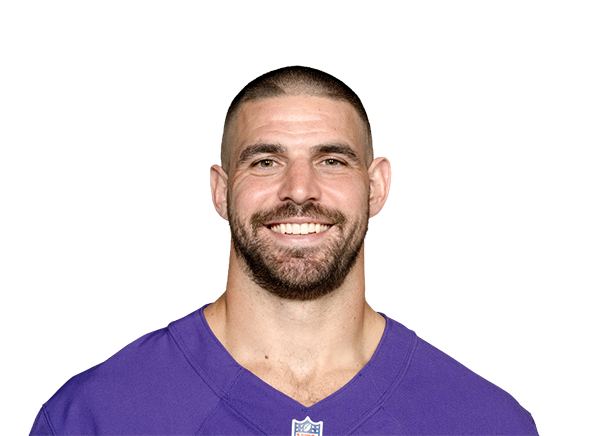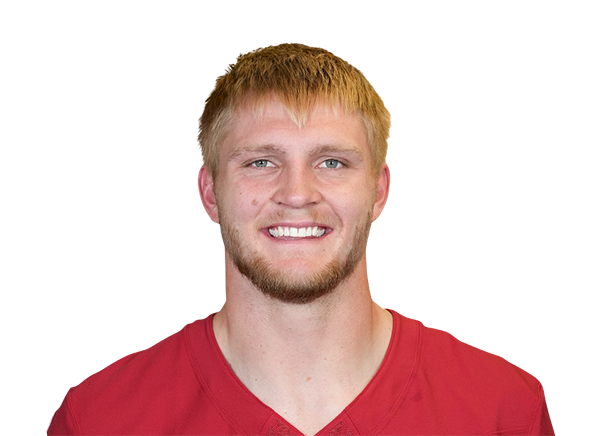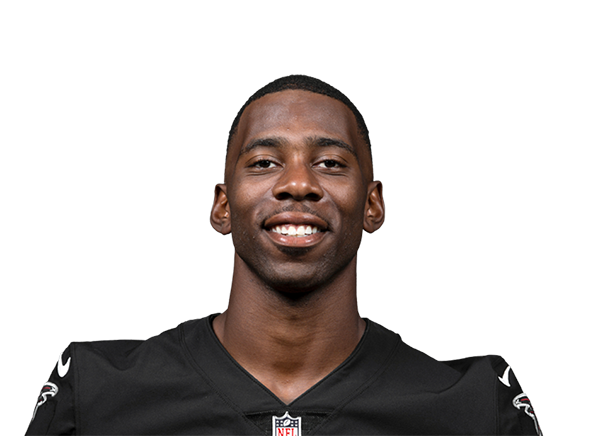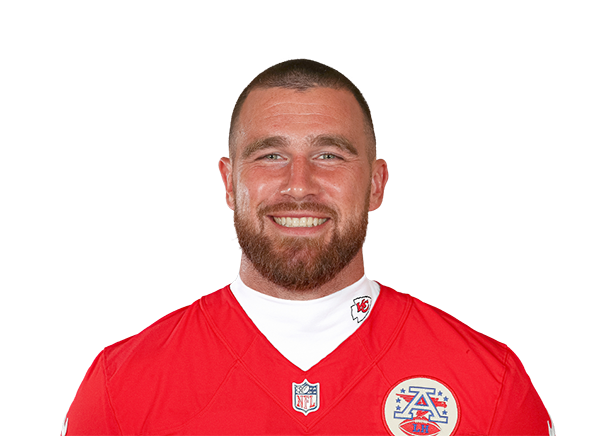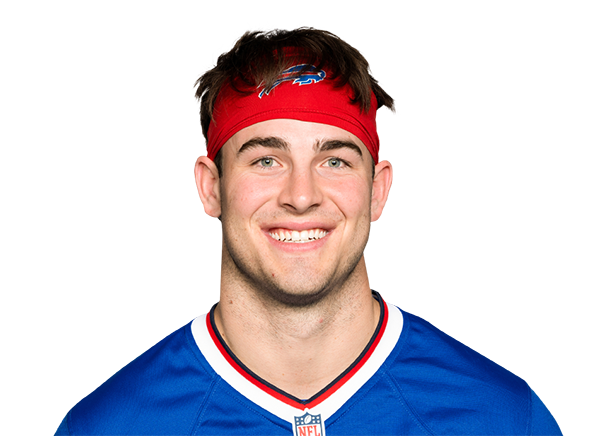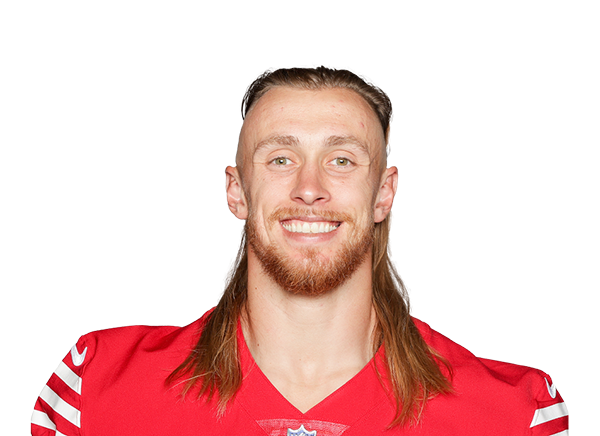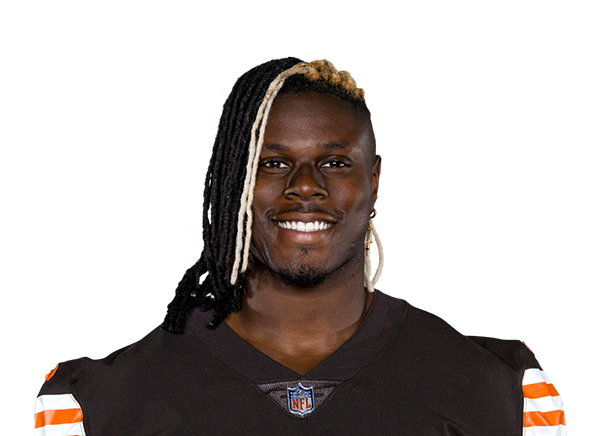Five Things for IDP Enthusiasts to Watch For During the NFL Draft
While many NFL fans will be watching the NFL Draft hoping their favorite team will draft a flashy new quarterback, wide receiver or running back, dynasty IDP players will be watching for many other clues. Here’s a brief rundown of things to keep in the back of your head as you enjoy the greatest time of the year: the NFL Draft.
The defensive position designations
If there’s one complaint that’s universal in the IDP community, it’s the disparity between the value of a great defensive end (with DE or DL position eligibility) and a great pass rushing outside linebacker. It happens every year that a top five DL becomes a top 40-ish LB because of a switch from a 4-3 base defense to a 3-4. That’s a can of worms we don’t need to explore more now, but the issue is real.
[am4show have=’g1;’ guest_error=’sub_message’ user_error=’sub_message’ ]
If Nick Bosa is drafted into a 4-3 defense, he will be the consensus number one IDP off rookie boards this year. If he’s drafted as an outside linebacker, drop him a minimum of two rounds. That’s right, I said “rounds” not “picks.” If Bradley Chubb had been drafted as a defensive end last year, he would have been in a similar situation. Even though Chubb did everything you could possibly ask as a rookie, the pass-rushing outside linebackers are too up-and-down in scoring to be extremely valuable in IDP.
The medical fallers
Every year, there are medical reasons that see highly-touted players fall in the draft. It may be something that a certain team doctor spotted at the Combine and kept under wraps until draft day. Often these maladies, like a congenital heart problem or a degenerative knee condition, will limit a player’s career if not their immediate present.
The important thing is not to overreact to the medical reports, but to just integrate them as another piece of information. For instance, Pro Football Talk reported some teams had taken edge rusher Montez Sweat completely off their draft boards because of a possible heart condition. It’s something to be aware of, but teams often blow this sort of news out of proportion. Are they really saying they’d rather have the 22nd best edge rusher on the board in the seventh round, who will maybe end up on the practice squad, instead of having Sweat with the small possibility the heart condition will prevent him from playing a productive career? Give me Sweat all day in that scenario.
There are also reports flying around about Rashan Gary and a shoulder problem. But ask yourself: if a team really had a concern, why would they flag it to other teams? Why wouldn’t they just silently pass on him? If a team wasn’t worried about the injury, they may have reason to float the rumor that it’s worse than it is. A lot of funny business happens this time of year. Again, it’s about digesting the information: if Gary is selected early in the draft, it means a team was aware of the shoulder, isn’t worried by it, and loves him. If he falls, it means a lot of teams are worried and passing on him.
The veteran competition
For every shiny new rookie drafted this weekend, there’s a veteran on last year’s 53-man roster who will immediately start to sweat. Some of these guys are older veterans who are trying to hold on to their opportunity, like Vontaze Burfict or Thomas Davis. Some are second- or third-year players who hope they showed enough to their teams to keep the role they had. Have linebackers Patrick Onwuasor or Kenny Young done enough to impress coaches in Baltimore? Or will the Ravens add late-round competition for those two? Or worse yet, if the Ravens selected a player like Devin White or Devin Bush, the odds Onwuasor or Young get a big role will diminish greatly.
The fit
It happens every year. A talented player falls as teams on the clock fill needs at other positions. Finally, a team that didn’t really have that player on the radar can’t pass on the talent and drafts him. But he doesn’t really fit their system. Far too often they think: “Well, we’ll just put 30 pounds on his frame, put his hand in the dirt and let him rush the passer.”
A lot of NFL talent gets left behind because teams misuse a player, or at least don’t play to his strengths. You may have a box safety with perfect tackling form, a nose for the ball, an ability to diagnose plays and get in position quickly, but the poor guy was drafted by a team that already has a player like that, and they stick the rookie out in no-mans-land playing free safety, trying to read the quarterback’s eyes and cover speedy receivers. It’s not that the player suddenly became bad, he’s just a bad fit where he’s being played.
The immediate opportunity
Think about this: what’s more valuable in dynasty leagues, a player who will get an immediate opportunity for his team, who could, in turn, be a viable bye week fill in for your fantasy team, or a rookie who will have to battle in camp, earn snaps, and be brought along slowly?
There are so many factors that can turn the best college prospect into a bust, or a mediocre producer into an NFL star. There’s desire, the ability to learn and recall the playbook, the “fit,” outside influences, etc. But one thing I’m sure of: players who aren’t on the field don’t generate stats.
Would Darius Leonard be hailed as a top-five dynasty linebacker if he had spent his first season “learning” behind a veteran and playing special teams?
The linebacker or defensive end who is drafted in the first round but will come off the field for half of the team’s snaps will not be as valuable as one drafted in the third round who plays in base and all subpackages. Again, you have to be on the field to generate IDP points.
Don’t get too caught up in “this guy got drafted ten spots higher than the other guy I thought was better.” It doesn’t mean 32 teams had Player X higher on their draft board than Player Y. It means one team did. It’s just one more piece of information to consider.
[/am4show]
- The IDP Dynasty Impact of Telvin Smith Sitting Out the 2019 Season - May 16, 2019
- Five Things for IDP Enthusiasts to Watch For During the NFL Draft - April 25, 2019
- Dynasty IDP Waiver Wire: Week Fifteen - December 19, 2018






